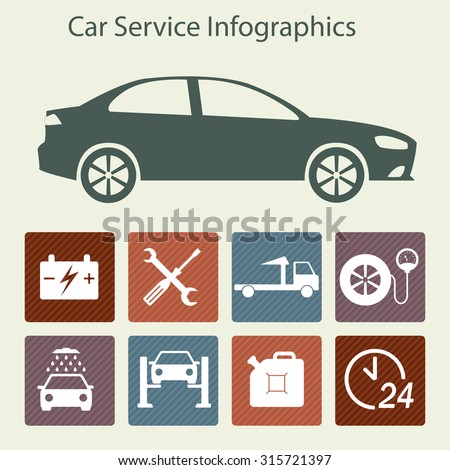Translating The Importance Of Your Vehicle'S Warning Indicators
Translating The Importance Of Your Vehicle'S Warning Indicators
Blog Article
Authored By-Cummings Mendoza
When you lag the wheel, those radiant warning lights on your dashboard can be a little bit difficult. Do you know what they're trying to inform you about your cars and truck's health? Comprehending the importance of these lights is crucial for your safety and security and the durability of your lorry. So, the following time among those lights appears, wouldn't you want to understand its message properly and take the necessary actions to address it?
Common Caution Lights and Interpretations
Identify typical warning lights in your automobile and understand their significances to guarantee safe driving.
The most regular caution lights consist of the check engine light, which indicates concerns with the engine or discharges system. If this light comes on, it's essential to have your vehicle checked immediately.
The oil pressure cautioning light indicates reduced oil pressure, calling for immediate focus to stop engine damages.
A blinking battery light might recommend a damaged charging system, potentially leaving you stranded if not resolved.
The tire stress tracking system (TPMS) light signals you to low tire stress, influencing automobile security and gas efficiency. Ignoring this might lead to hazardous driving problems.
The ABS light indicates a problem with the anti-lock braking system, jeopardizing your capacity to stop promptly in emergency situations.
Finally, brake repair costs advising light warns of engine overheating, which can result in extreme damages otherwise settled quickly.
Comprehending these common warning lights will certainly help you attend to problems immediately and keep secure driving conditions.
Value of Prompt Interest
Comprehending the typical warning lights in your auto is only the first step; the significance of immediately dealing with these warnings can't be emphasized sufficient to ensure your safety and security when driving.
When a caution light brightens on your control panel, it's your auto's way of communicating a potential issue that needs interest. Ignoring these cautions can bring about a lot more severe problems down the road, endangering your safety and security and possibly costing you more in repairs.
Motivate interest to alerting lights can stop malfunctions and crashes. As an example, a flashing check engine light could show a misfire that, if left ignored, could cause damage to the catalytic converter. Addressing this immediately can save you from a costly fixing.
Similarly, a brake system alerting light may indicate low brake liquid or used brake pads, critical parts for your safety and security when driving.
DIY Troubleshooting Tips
If you notice a caution light on your control panel, there are a couple of DIY repairing ideas you can try before seeking expert assistance.
The primary step is to consult your auto's manual to understand what the specific warning light suggests. In some cases the problem can be as simple as a loosened gas cap triggering the check engine light. Tightening https://www.stltoday.com/pr/business/geared-up-transmissions-is-simplifying-auto-repairs-for-florissant-residents/article_b74731b8-e80e-11ec-8fd3-f75c123ab362.html might settle the problem.
One more typical concern is a reduced battery, which can activate different cautioning lights. Inspecting the battery connections for corrosion and ensuring they're safe may repair the trouble.
If a caution light lingers, you can attempt resetting it by disconnecting the auto's battery for a couple of minutes and after that reconnecting it. Additionally, examining your lorry's fluid degrees, such as oil, coolant, and brake liquid, can help fix warning lights connected to these systems.
Final thought
In conclusion, understanding your cars and truck's caution lights is essential for keeping your car running smoothly and safely. By immediately resolving these alerts and recognizing what they imply, you can prevent pricey repair services and possible break downs.
Remember to consult your automobile's handbook for certain information on each alerting light and do something about it accordingly to ensure a hassle-free driving experience.
Keep notified, remain safe on the road!
